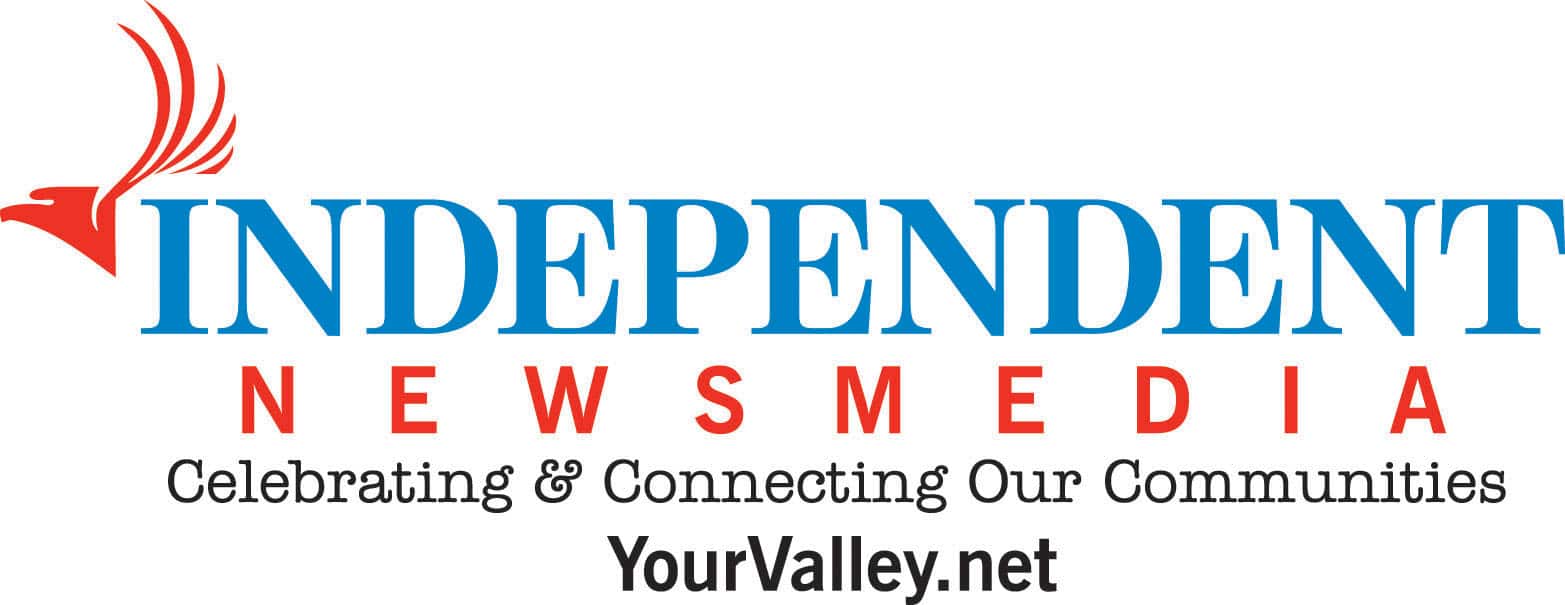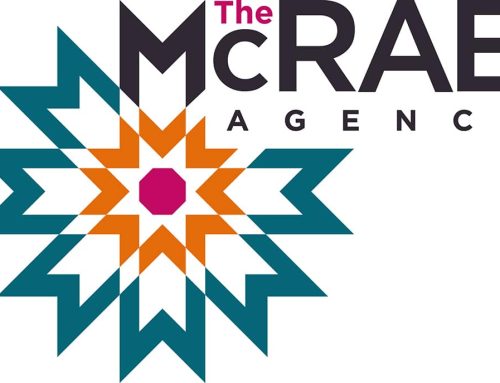By Mike Tizzano
Fairway Independent Mortgage
I often read mortgage related threads in online forums. The subject of mortgage insurance is typically a hot-button issue that elicits passionate comments from consumers. Typically, the comments are not positive and the prevailing theme is that mortgage insurance (MI) is just another way for the banks to rip consumers off. My goal is to help you rethink MI.
The first thing consumers need to understand is that when a bank gives you a home loan they are taking a rather large risk. While the loan is secured against the property, meaning the bank can take back the property and sell it in the event that you fail to pay; there is still a significant amount of risk involved. The bank has no guarantees that you’ll maintain the property condition or that market conditions won’t worsen at some point in the future. For this reason, there are few instances in which a bank will loan money on a home with less than 20 percent down payment if not for mortgage insurance. MI allows potential home buyers to purchase homes without having to wait to save up a significant down payment. Here are two things to know regarding mortgage insurance:
1. There are 2 types of MI. FHA Mortgage Insurance Premium (MIP) and Private Mortgage
Insurance (PMI):
You’ve probably heard of MIP and/or PMI and wondered what the difference is. Simply put, it is dependent on the loan type. If you’re using FHA financing, what you’re paying for is a government backed guarantee that the bank will be repaid if you default. FHA has some advantages but its MIP can be viewed as a negative because there are both upfront and monthly charges. The upfront MIP is 1.75 percent of the loan amount and is rolled back into the loan, making the amount you owe to the bank higher, and the monthly fee remains for the life of the loan. The only way to remove the FHA MIP is to refinance the house. PMI on the other hand is in conjunction with conventional financing. This fee can be paid in full up front, paid partially up front with a lower monthly fee, paid entirely as a monthly fee, or paid by the lender in exchange for a slightly higher interest rate. The cost of PMI is driven by credit scores and total loan to value ratio, so for those with good credit, PMI is less costly than MIP. For those with fair to average credit, MIP is usually lower. However, the biggest advantage PMI offers over MIP is that it cancels once the loan amount reaches 78 percent of the original value. In a market where interest rates are increasing it may not make sense to refinance, so it’s comforting knowing that seven to eight years into your loan your payment will go down as the MI is removed.
2. Waiting to save 20 percent down will cost you more in the long run than paying PMI:
Rent prices are rising.
Also consider that home prices and interest rates are also going up. Let’s look at two hypothetical situations. These are based on some assumptions of course. Here are those assumptions:
1. Assuming an average home appreciation of 2 percent per year.
2. Assuming interest rates stay the same although they’re likely to increase.
3. Assuming rent prices remain flat, again more likely that they’ll increase. So you can see this example is quite conservative.
Scenario #1: Home buyer A saved $10,000 for a home and is interested in a $200,000 home. He has good credit and knows that he’ll have to pay mortgage insurance. His approximate mortgage insurance payment will be $93.42 for around 10 years. Over that time he’ll pay approximately $11,210 in MI premiums.
Scenario #2: Home buyer B has also saved $10,000 but thinks MI is a waste of money so he’s going to wait until he can save $40,000. He’s putting away $800-$850 per month so it will take about three years to get to the $40,000 mark. In the meantime he’s paying $1,200 per month in rent. Over that time he’ll have paid $43,200 in rent and the $200,000 home he could have bought will now be worth approximately $212,000. So the cost of waiting for him will have been over $55,000!
That is just one example of the benefit of being able to put less than 20 percent down on a home. There have been instances where I’ve been able to show buyers who have 20 percent to put down why they actually shouldn’t. Either way, mortgage insurance at worst is a necessary evil and at best is a tool to use to gain homeownership earlier and start building your wealth now rather than later.





